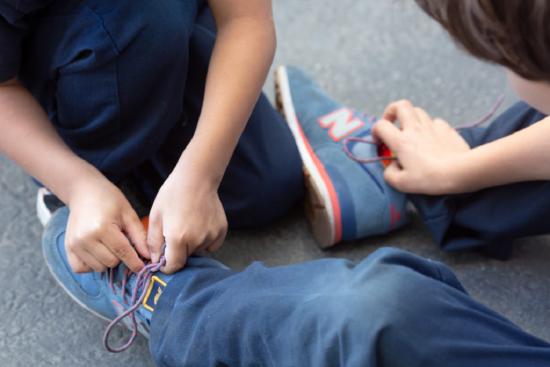1.5: Vygotsky
- Page ID
- 129778
Vygotsky: Sociocultural Theory

Lev Vygotsky’s Zone of Proximal Development
Cultural Consideration
Vygotsky’s theory promotes a learning model in which children play an active role in learning. Roles of teachers and students are therefore transformed into a reciprocal collaborative process in which teachers help facilitate meaning construction in students. Thus learning becomes a reciprocal experience for students and educator (Rogoff, 2003). In this framework educators must sometimes accept differences of behavior in children and accommodate these differences in the classroom. Speech and language development played an influential role in Vygotsky’s theories of language acquisition and learning in general. Children develop language skills individually, but they do so within a cooperative learning context as peers, family members, teachers, and others engage, support, and teach them.Supporting multi-language learners in their home language is an example of using (ZPD) of learning through a reciprocal and dialogic interaction. The ZPD is a level of development obtained when children engage in social interactions with others; it is the distance between a child’s potential to learn and the actual learning that takes place.This practice demonstrates respect for a family's primary language and communicates that the educator values the family and child's culture. NAEYC recommends for educators to encourage and assistant all parents in becoming knowledge about the cognitive value for children of knowing more than one language and provide them with strategies , support, maintain and preserve home language learning (NAEYC, 1996).

